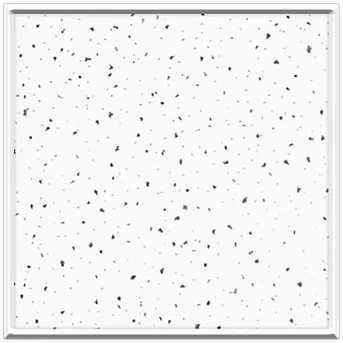Nov . 06, 2024 11:34 Back to list
Innovative Designs for Access Panels in Ceiling Drywall Applications
Access Panel for Ceiling Drywall Everything You Need to Know
When it comes to managing building maintenance, accessibility and convenience are paramount. One practical solution that many contractors and builders turn to is the installation of access panels in ceiling drywall. These panels not only facilitate easy access to vital components of a building, such as plumbing, electrical systems, and HVAC units, but also maintain the aesthetics of the interior space. In this article, we will delve into the essential aspects of access panels for ceiling drywall, discussing their benefits, types, installation process, and maintenance.
Understanding Access Panels
An access panel is a framed opening within a structure that allows entry for maintenance, inspection, or repair purposes without the need for extensive demolition or disassembly. In the context of ceiling drywall, these panels can be particularly useful in locations where various systems are concealed, such as above ceilings or in walls that require periodic access.
Benefits of Access Panels
1. Convenience One of the primary benefits of installing access panels is convenience. Areas such as ceilings often house various utilities that may require routine inspections or emergency repairs. Access panels eliminate the need to remove large sections of drywall, saving both time and effort.
2. Aesthetic Appeal Access panels are designed to be unobtrusive. They can easily blend into the surrounding drywall, maintaining the clean, uniform look of ceilings and walls. Many models come with finishes that can be painted to match the surrounding area, further enhancing their aesthetics.
3. Cost-Efficiency While there may be an initial cost associated with purchasing and installing access panels, the long-term savings can be significant. By reducing the time required for maintenance and repairs, these panels can lower labor costs and minimize disruption to the building's operations.
4. Versatility Access panels come in various sizes and materials, making them suitable for different applications. Whether you are dealing with a residential property or a commercial building, there are options available to meet specific requirements.
Types of Access Panels
- Metal Access Panels Commonly used in commercial settings, these panels are durable and often resistant to wear and tear. They are ideal for high-traffic areas and can sustain significant use over time.
- Plastic Access Panels Lightweight and easy to install, plastic panels are often used in less demanding applications
. They are cost-effective and are suitable for residential spaces.access panel ceiling drywall

- Fire-Rated Access Panels For areas where fire safety is a concern, fire-rated access panels are designed to withstand high temperatures. These panels help maintain the fire-resistance integrity of the walls or ceilings they penetrate.
- Acoustic Access Panels In settings where sound control is important, acoustic panels can help reduce noise while providing access. These are particularly useful in studios, theaters, and other environments where sound quality is critical.
Installation Process
Installing access panels in ceiling drywall involves several steps
1. Choosing the Location Identify where access is needed, usually over utility areas. This decision should involve considerations of both functionality and aesthetics.
2. Measuring and Cutting Measure the dimensions of the access panel carefully. Use a utility knife or drywall saw to cut an opening in the drywall that matches these dimensions.
3. Securing the Frame Insert the access panel frame into the cut opening. Use screws or fasteners to secure the frame to the drywall, ensuring it is held firmly in place.
4. Finishing Once installed, you can finish the access panel by applying tape, mud (joint compound), and paint to blend it seamlessly with the surrounding ceiling.
Maintenance of Access Panels
Maintaining access panels is typically straightforward. Regular checks should be performed to ensure that the panel opens smoothly and that there are no signs of damage. If the panel has been painted, you may need to touch up the paint periodically to maintain a clean appearance.
Conclusion
Incorporating access panels into ceiling drywall is an effective way to enhance the functionality of a building while preserving its aesthetics. With numerous types available, these panels cater to various needs and preferences, making them a versatile solution for both residential and commercial properties. By understanding their benefits, installation processes, and maintenance requirements, builders and property owners can make informed decisions that ultimately lead to easier building management and maintenance.
-
Durable Ceiling T Grid Systems | Easy InstallationNewsAug.29,2025
-
PVC Gypsum Ceiling: Durable, Laminated Tiles for Modern SpacesNewsAug.28,2025
-
Pvc Gypsum Ceiling Is DurableNewsAug.21,2025
-
Mineral Fiber Board Is DurableNewsAug.21,2025
-
Ceiling Tile Clip Reusable DesignNewsAug.21,2025
-
Ceiling T Grid Modular DesignNewsAug.21,2025







